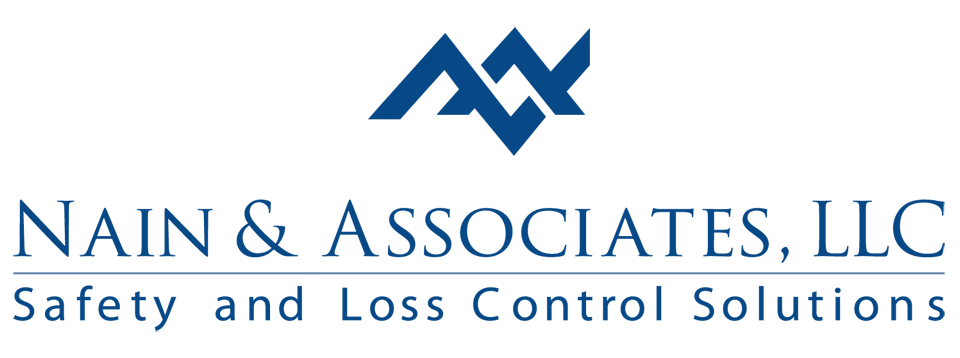

(828) 471-4317
Now Offering Spanish Safety Training!
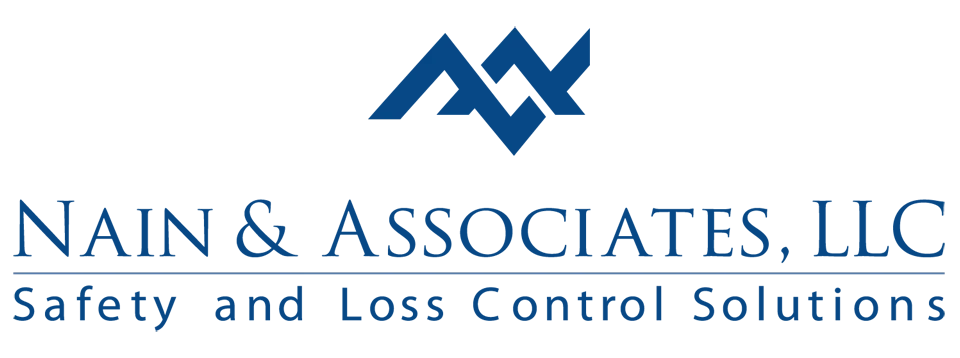
Now Offering Spanish Safety Training!
Confined Spaces in Construction: Permit-Required Procedures & Rescue Readiness
Confined Space Safety
Know the Spaces, Roles, and Permits
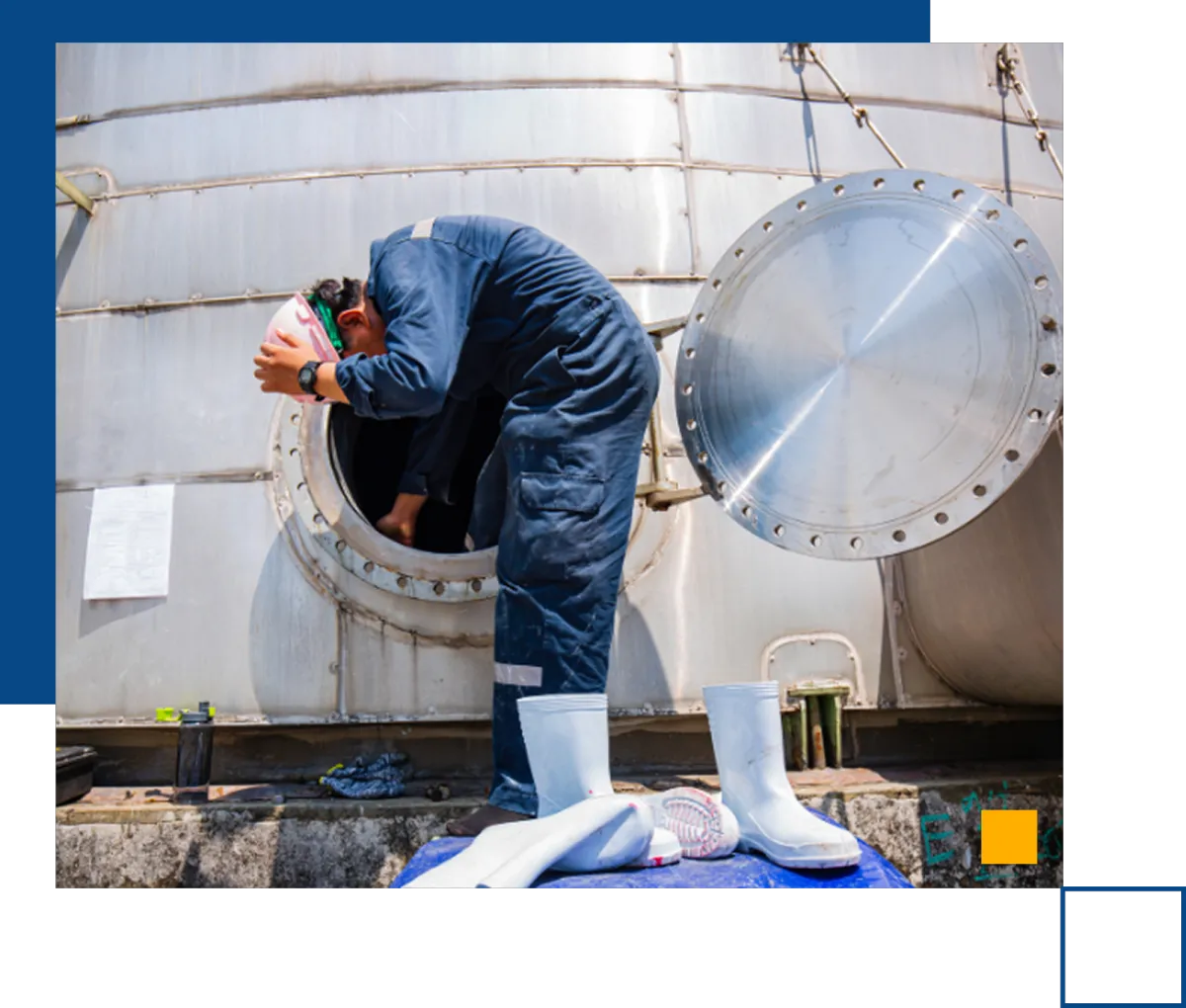
Confined spaces on construction sites include tanks, pits, vaults, crawl spaces, manholes, sewers, boilers, and large process equipment—not built for occupancy, with limited entry and exit. Some become permit-required when hazards exist or may develop: atmospheric, engulfment, configuration, or any serious safety risk during entry.
Before entry, the controlling contractor must share space information, coordinate trades, and post a clear written program that defines responsibilities. Identify each space, hazards, acceptable entry conditions, isolation steps, ventilation, testing frequency, communication, and exit criteria. Require permits, signatures, and stop-work authority for all entries.
Assign a competent person to evaluate spaces, label them, and choose permit or alternate procedures. Designate entrants, attendants, and entry supervisors with training, equipment, and authority to cancel permits. No one enters until monitoring shows safe conditions with controls in place and rescue resources ready.

Hazard Evaluation, Isolation, Ventilation, and Testing
Start with a thorough hazard evaluation. Identify atmospheric risks—oxygen deficiency, flammables, toxic gases or vapors—and physical risks such as moving parts, live energy, engulfment, or inwardly converging walls. Review recent work, adjacent processes, and weather that could change conditions. Plan isolation: lockout/tagout, blanking or blinding, double block and bleed, disconnecting lines, blocking mechanical motion, and securing materials that could shift. Confirm contractors, hosts, and utilities agree on isolation boundaries and acceptance criteria.
Ventilation controls atmosphere and heat. Use general dilution to refresh air, or local exhaust to capture contaminants near the source. Verify replacement air does not introduce hazards. Keep ducts short and smooth, prevent recirculation, and control ignition sources. If welding, cutting, coating, or cleaning occurs, evaluate additional capture, respiratory protection, and fire watch. Maintain airflow during occupancy and purging; do not rely on single readings before entry alone.
Atmospheric testing is continuous. Calibrate meters, bump test before use, sample top, middle, and bottom as needed, and monitor oxygen, LEL, and toxics in that order. Record values on the permit with times, locations, and responses. If alarms sound or conditions drift, exit, re-establish controls, and re-test before resuming work. Document ventilation rates, meter serials, and corrective actions taken promptly.
Entry Roles, Communication, and Supervision
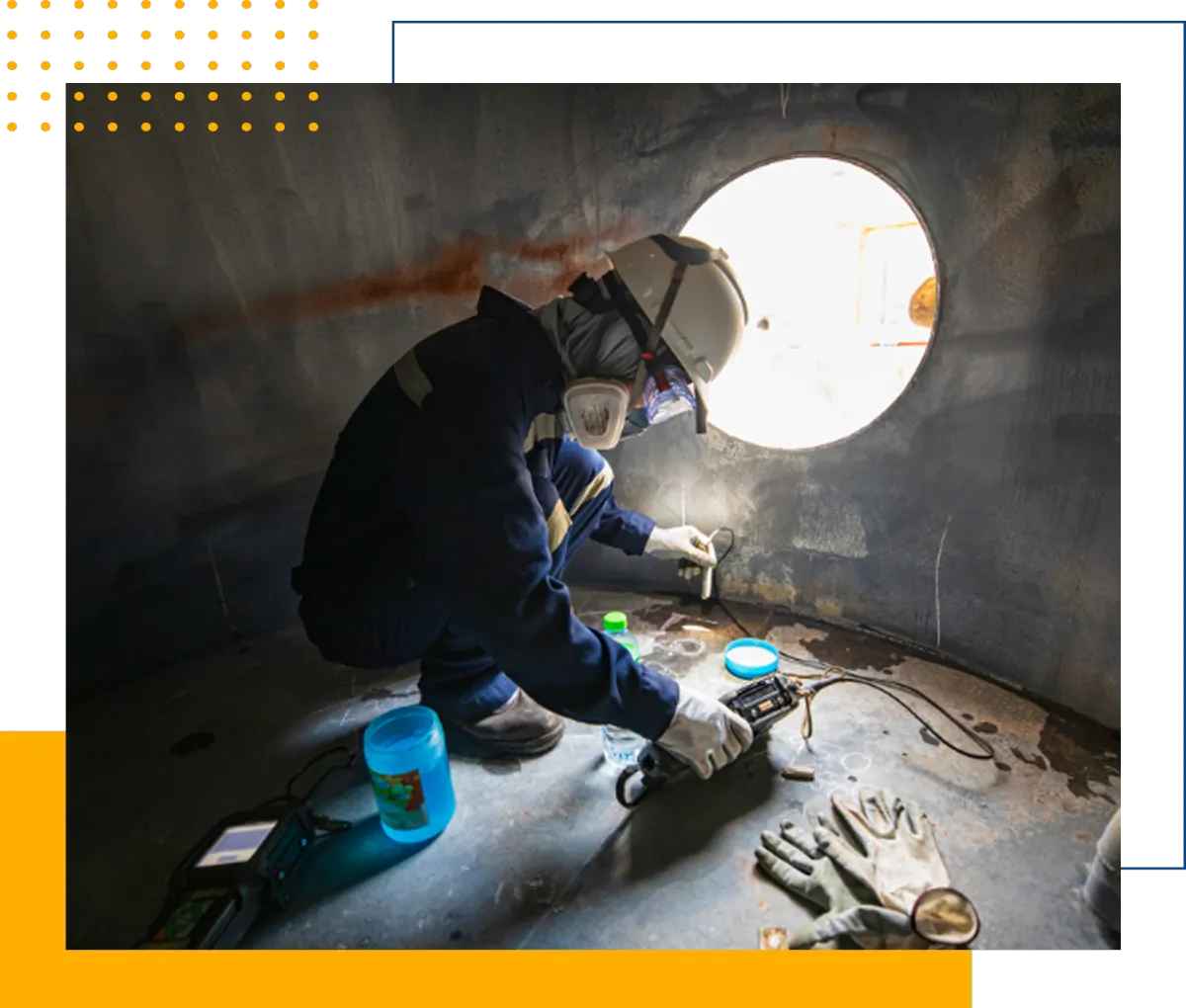
Entrants perform the task and maintain constant awareness of hazards, route, and exit. They wear required PPE, stay within permit boundaries, and stop work if conditions change. Entrants must maintain voice, radio, or line-of-sight communication with the attendant at all times during the entire entry.
The attendant remains outside, counts entrants, keeps unauthorized people out, and monitors conditions, tools, and time. They summon rescue when needed, never performing other duties that distract. If hazards escalate or communications fail, the attendant orders evacuation and confirms entrants exit and are accounted for.
Entry supervisors verify permits, confirm controls, testing, and equipment, and cancel permits if requirements cannot be maintained. They brief the team, ensure coordination with other trades, and verify rescue readiness. Supervisors review incidents and update procedures so the next entry is safer to execute overall.
Entrants perform the task and maintain constant awareness of hazards, route, and exit. They wear required PPE, stay within permit boundaries, and stop work if conditions change. Entrants must maintain voice, radio, or line-of-sight communication with the attendant at all times during the entire entry.
The attendant remains outside, counts entrants, keeps unauthorized people out, and monitors conditions, tools, and time. They summon rescue when needed, never performing other duties that distract. If hazards escalate or communications fail, the attendant orders evacuation and confirms entrants exit and are accounted for.
Entry supervisors verify permits, confirm controls, testing, and equipment, and cancel permits if requirements cannot be maintained. They brief the team, ensure coordination with other trades, and verify rescue readiness. Supervisors review incidents and update procedures so the next entry is safer to execute overall.

Additional Summary:
Multi-employer sites require clear coordination. The controlling contractor must share space lists, hazards, and incidents; entry employers must provide their program, permits, and PPE expectations; host employers disclose process hazards, isolations, and start-up schedules. Align radio channels, hand signals, and evacuation routes. Schedule hot work, chemical transfers, and cleaning so they do not conflict with entries. Use pre-task briefings and rosters to ensure entrant and supervisor understands roles, controls, and exit triggers before work begins.
Documentation proves diligence. Keep written programs, space evaluations, permits, logs of atmospheric readings, ventilation rates, and isolation verifications. Store training rosters, equipment inspections, and rescue drill records with dates and photos. Capture deviations, cancellations, and corrective actions. After each entry, hold a debrief to collect lessons, update procedures, and refresh labeling or barricades. These artifacts speed planning, satisfy clients, and support defenses during audits or incident reviews, demonstrating a functioning system rather than a binder.
Rescue Readiness: Non-Entry First, Then Entry
Design for non-entry rescue whenever feasible. Choose retrieval systems that allow attendants to remove entrants without entering: tripods or davits with self-retracting lifelines or winches, full-body harnesses with dorsal D-rings, and anchorage points positioned for a clear path. Keep retrieval lines managed to avoid entanglement. Stage lighting, radios, and first-aid supplies near the entry. Practice attaching, raising, and lowering before the job so attendants and entrants can perform under stress.
When non-entry rescue is impossible, plan entry rescue with trained responders. Define activation criteria, dispatch numbers, routes, and access control. Verify response time, capabilities, and equipment match the hazards—air monitoring, ventilation, SCBA, tripods, rope systems, and patient packaging. Conduct joint drills in the actual space or mock-up, practicing communication and care under PPE. Confirm medical direction, handoff procedures, and transport options, and document qualifications, competencies, and equipment inspections routinely annually.
Never rely solely on calling 911 without verifying capability. Many departments cannot enter immediately or have limited confined space resources. If you depend on external rescue, obtain a written agreement, share preplans, and invite them to drills. Keep maps, permits, and hazards ready at the gate to speed size-up and safe deployment during stressful entries when seconds truly matter most.
Equipment, Signage, and Housekeeping Basics
Standardize entry kits: calibrated gas meter, bump gas, ventilation blower and duct, tripod or davit, retrieval device, harnesses, radios, lighting, barricades, tags, and a stocked first-aid kit. Inspect before use and tag defective equipment out of service until repaired or replaced by qualified personnel only.
Post signage at access points noting permit status, hazards, PPE, and personnel. Barricade openings to prevent falls and unauthorized entry. Control ignition sources and hot work with permits coordinated to the entry plan. Keep lids, covers, hoses, and cords secured to avoid pinch points nearby.
Maintain housekeeping. Remove debris, slicks, and protrusions around access points. Stage tools on tethers or in caddies to prevent drops. Coil hoses neatly and route cords away from ladders. After work, demobilize ventilation, close covers, remove barricades, and return spaces to safe, labeled, controlled condition.
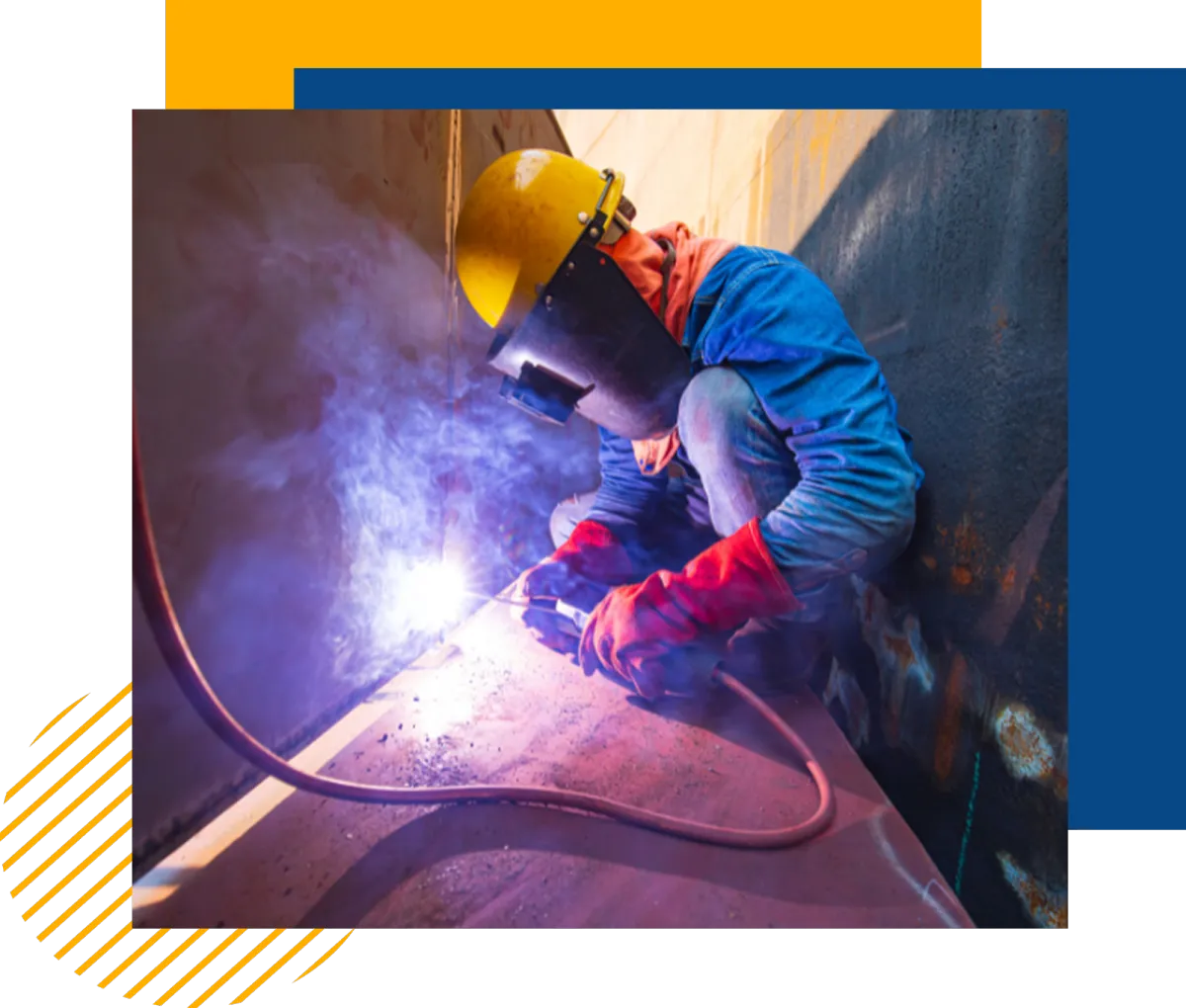
Train entrants, attendants, and supervisors before assignment and annually or when procedures change. Cover hazard recognition, permit steps, isolation, ventilation, testing, PPE, communications, alarms, and evacuation. Use hands-on practice with meters, blowers, retrieval, and radios. Include bilingual materials and photographs of your actual spaces and labels. Evaluate competence with demonstrations, not just quizzes, and keep rosters, skill sheets, and corrective actions. Refresh training after near-misses or deviations so lessons spread quickly across shifts and contractors.
Plan and drill rescue quarterly. Alternate scenarios: non-entry retrieval, semi-vertical victim, suspended entrant, and contaminated atmosphere requiring supplied air. Use timing goals that account for recognition, communication, set-up, and safe removal without creating new victims. After each drill, document times, issues, and fixes. Update preplans, add equipment, and retrain where needed. Invite external responders to practice site access, rigging anchors, and radio protocols so real emergencies feel familiar and coordinated from the first call together.
Takeaways and How Nain & Associates Can Help
Bottom line: permit-required confined space work demands disciplined planning, monitoring, and practiced rescue. Select procedures based on hazards, isolate energy, ventilate continuously, and test throughout entry. Assign trained entrants, attendants, and supervisors with authority to stop work. Build non-entry rescue into design, and verify external teams can perform entry rescue where needed. Keep logs, photos, and permits that show conditions, controls, and decisions in moment, after fact—clearly for review.
Nain & Associates, LLC helps construction teams stand up practical, defensible programs. We evaluate spaces, author permit procedures, map isolation points, and specify ventilation and monitoring. Our bilingual trainers coach entrants, attendants, and supervisors through hands-on practice with meters, blowers, retrieval, and radios. We lead mock entries and rescue drills, coordinate with fire/EMS, and organize documentation so supervisors can retrieve proof quickly during inspections, audits, or post-incident reviews at sites.
Need momentum fast? We can embed on-site safety professionals to launch permits, run drills, and stabilize documentation while supervisors focus on production. Expect checklists, space labels, retrieval maps, and a simple dashboard tracking entries, tests, and drills. Call (828) 471-4317 or request services to start a confident, compliant program today. We tailor scope, budgets, and timelines to your risks precisely.
Have Questions About What We Offer?
To learn more about our services, contact us today!
Have Questions About What We Offer?
Contact us to learn more about our services
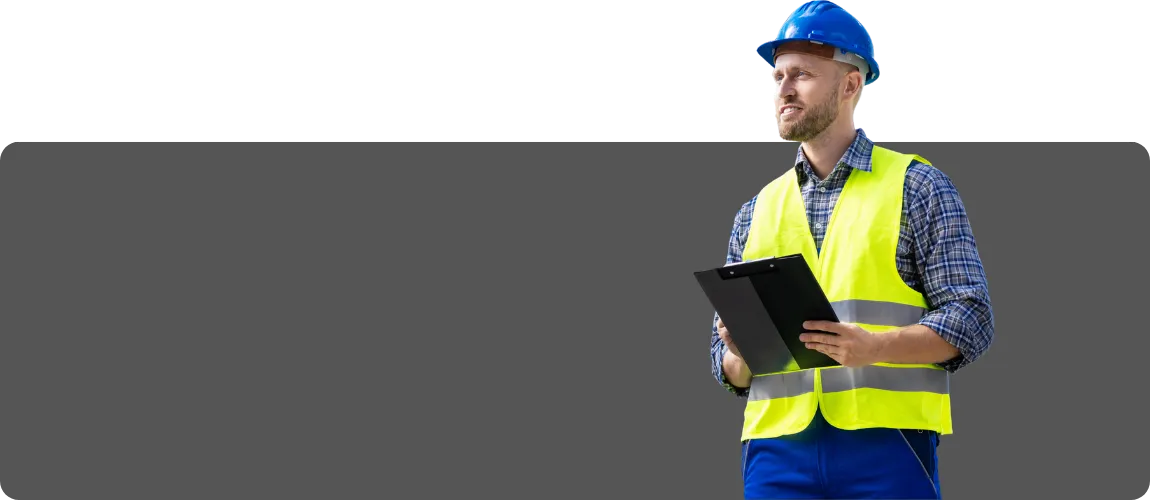
Speak with a
safety Specialist
Workplace Safety Training & Consulting Experts for
Charlotte, Hickory, Asheville, North Carolina and
the Southeast for since 2005!
Design By: Customers.Plus
© 2025 | Nain & Associates LLC
